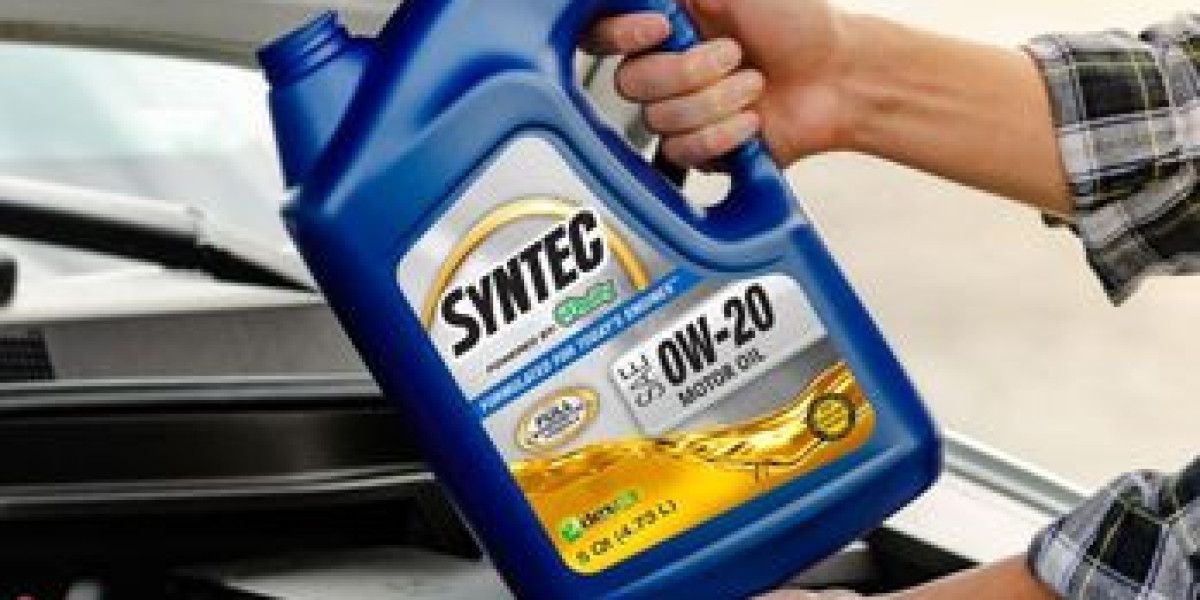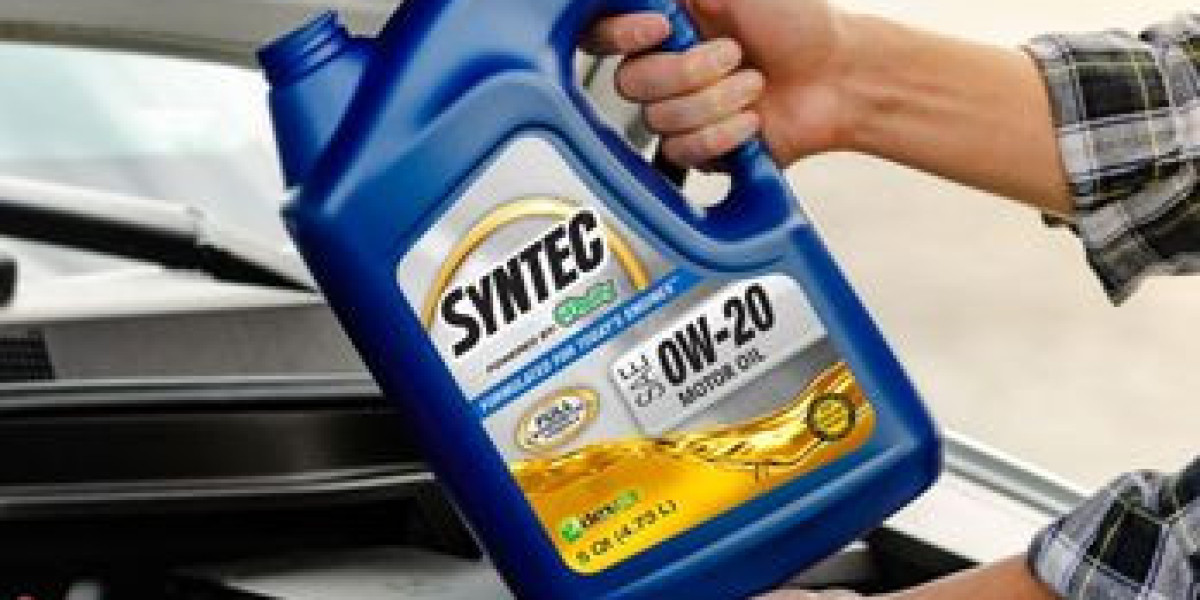When painting the outside of their homes, homeowners frequently strive for a modern, eye-catching aesthetic that both preserves the structure and improves curb appeal. Nevertheless, a lot of people make typical mistakes that result in poor quality paintwork or a paint job that fades more quickly. Wickman Contracting is aware of how important making the correct decision the first time around. In order to get long-lasting results, we will list the top mistakes you should never do when exterior home painting the outside of your home in this post.
Ignoring to Prepare the Surface Properly
A common error made while painting the outside is not giving the surfaces enough preparation. In order to guarantee that paint adheres correctly and appears smooth, surface preparation is essential. Peeling, cracking, or an uneven finish result from not cleaning, sanding, or repairing the surfaces prior. Before adding fresh coats, any dirt, mold, mildew, and peeling paint must be removed.
This is a list of appropriate surface preparation steps:
Use a pressure washer to thoroughly clean the outside in order to get rid of any dirt or debris.
· Sand the rough spots and scrape off any old, loose paint.
· Fix any damage, such as holes or broken siding.
· For patched or raw wood surfaces, use a primer.
Making Use of Low-Grade Paint or Tools
Choosing inferior tools or inexpensive paint is another common mistake. Even while it could be less expensive initially, cheap paint might cause the finish to fade or flake after a few years. Using high-quality, weather-resistant paint that is appropriate for your area is crucial because exterior paints are made to resist weather, UV rays, and moisture.
Similarly, the equipment utilized in the painting process is as important. The likelihood of brush marks and uneven layers is decreased by using high-quality paintbrushes, rollers, and sprayers to apply a smooth and equal coat.
Disregarding the Weather
An outside painting project's success is greatly influenced by the weather. It's usual practice to paint in the wrong weather, which might result in bubbling, peeling, or improper curing. For external painting, moderate temperatures, low humidity, and little to no wind are ideal. Don't paint inside:
· Direct sunshine, which dries paint too rapidly and results in a patchy finish.
· Rainy or humid conditions can have an impact on the curing time and paint adherence.
· Windy circumstances, as the wind may introduce foreign objects into the wet paint, resulting in flaws.
Not Applying Primer When It's Required
Any excellent paint job, especially on outside surfaces, starts with primer. Many homeowners make the mistake of skipping the primer because they believe two coats of paint will be sufficient. But without priming, there's a chance the topcoat won't stick as well, leaving a spotty or flaking finish.
It's especially crucial to use primer when:
· Painting bare wood or surfaces without paint.
· Significant color shifts, as going from dark to light hues.
· Painting over shiny or discolored surfaces may cause adhesion issues.
Selecting the Incorrect Paint Finish
Your exterior paint job's endurance and look can be greatly impacted by the paint finish. For their home's exterior, several homeowners make the error of choosing the incorrect kind of paint finish. Although they can conceal flaws, flat or matte finishes are less resilient and more prone to dirt and damage.
Take into account these treatments for outside surfaces:
· Eggshell or satin: These have a faint gloss that increases their durability and ease of cleaning.
· Semi-gloss: Excellent for trim work because it provides improved moisture resistance and a higher level of durability.
· Gloss: Although glossy and long-lasting, this finish works best on accent pieces and doors since it draws attention to surface flaws.
Excessive or Inadequate Paint Application
It's crucial to get the ideal balance while applying paint. Too little paint application can lead to inadequate covering, allowing the underlying surface to show through. However, overpainting can result in streaks, drips, and an uneven surface. For optimal results, it is crucial to adhere to the manufacturer's directions about the amount of coats to be applied and to apply thin, even layers.
Hurrying the Work
While painting the outside of your house can take some time, hurrying the procedure will guarantee a mediocre result. Rushing is frequently linked to the following problems:
· Uneven coats as a result of not waiting for the paint to cure in between applications.
· Missing areas as a result of poor detail attention.
· Paint drips or streaks caused by painting too rapidly.
· Allow enough time for each coat of paint to cure and dry, and make sure the weather holds out for the duration of the project.
Neglecting to Keep the Neighbors Safe
It's simple to overlook protecting places like windows, doors, plants, and walkways when painting. Ignoring these components may result in needless cleanup and possible harm. To protect these areas from spills and drips, use plastic sheeting, painter's tape, and drop cloths.
Ignoring the architectural style of the house
The architectural design of your house should inform the colors and painting methods you use. Choosing colors that don't go with the decor of the house or its surroundings is a common mistake. A bright, contemporary color, for instance, might not go with a traditional Victorian home. While choosing paint colors, take into account the adjacent properties, the architectural style of your home, and even their color.
Poor upkeep Following Painting
Regular care is necessary to maintain the beauty of a beautifully painted exterior. Many homeowners believe that after painting is completed, no more maintenance is necessary. Nonetheless, yearly touch-ups and inspections can preserve the fresh appearance of your house and extend the life of your paint job. This comprises:
· Cleaning the outside once a year to get rid of grime and debris.
· Repairing any chips or fissures that might develop over time.
· Checking to make sure the caulking around doors and windows is still intact.
Avoiding these typical blunders can help you accomplish a perfect and durable exterior paint job. To guarantee that the exterior of your home is attractive and well-protected for many years to come, Wickman Contracting places a strong emphasis on superior surface preparation, correct technique, and the use of high-quality materials.




